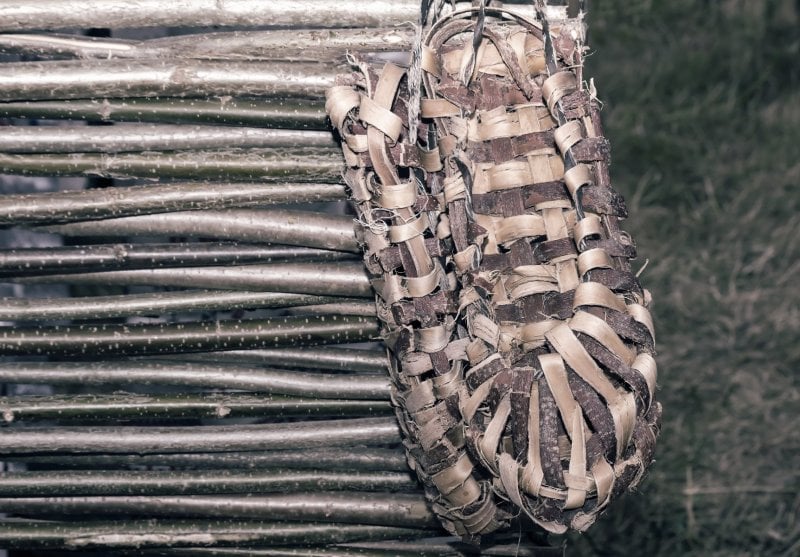The Fascinating History of Shoes

Shoes are an essential item and can range from the most basic style to a stunning designer option. Readers who are actually interested in the history of shoes will find much to enjoy in this blog. Informative articles cover the very beginnings of footwear in ancient civilizations, right up to the modern-day with the latest innovations. Fascinating details will be unearthed on every page, such as the fact that men were the first to wear shoes with heels. Materials and styles will be discussed in-depth, as will the manufacturing process and how it has evolved through the centuries.
How Shoes Have Evolved Over Time
18 Aug 2021

Have you wondered what your life would be like without shoes? Thousands of years ago, footwears weren’t what they are now. Possessing them was a necessity driven by the need to protect the feet from environmental factors. Let’s have a look at the journey of how shoes evolved from an essential item to a fashion accessory of today?
Prehistoric Times (40,000 years ago)
According to forensic research on some recovered bones, people protected their feet by wrapping around animal hide and furs during ancient times. However, there’s no data on actual shoes being worn during that time.
Classical Antiquity
The phase of shoe development took place in the classical antiquity period. During this period, the Greco-Roman culture was flourishing. It also marked the peak of shoe production.
One type of shoe that was developed was the Roman sandal, attached with a series of straps wrapping the leg.
There were also sandal boots that had a lacing up to the knees. Regular boots arrived in Europe in the 4th century from the Far East. They were initially for men, while the other boots were unisex. In the Celtic and other European regions, the footwear trend was dominated by Opanci and tied peasants’ boots.
The above trends were prevalent for centuries.
Middle Ages (500 – 1500 AD)
New types of footwear were introduced during the Middle Ages, such as Goodyear-welted shoes and heels. Leather shoes were made using the turn shoe production method. The Goodyear-welting method was in use in the 15th century. The 16th century witnessed shoe trends such as broad shoes having short toes, duck’s bill, cow-mouth, and bear-claw shoes. Heels were also developed in the same period, in Spain. Chopines, worn in Venice, were heels up to 40 centimeters in length.
19th Century
This century initiated the men’s shoe-fashion trend of today. The Industrial Revolution was a game-changer as there was mass production of shoes. We created various kinds of practical footwear for men. On the contrary, women usually wore impractical and fancy shoes at home. Different shoes for right and left feet also began in the late-19th century.
20th Century
As we can see, shoe development has been a gradual process. A thing we take for granted was a luxury many centuries ago. Whether it’s stilettos or comfortable shoes, there’s a history behind everything. Being in the comfort of your home in slippers, browsing the latest sports betting odds is a modern-day lifestyle that we so easily take for granted. Click here to learn more about sportsbooks/sports betting.
In the 20th century, shoe production methods were slightly changed, as parts of a shoe were glued together instead of stitched. A remarkable shoe care component was created, called shoe polish, to nourish the leather. New synthetic materials and thermoplastic rubbers replaced leather in shoe-making. We also created sports shoes at the beginning of the century. They are now the most popular shoes in the world.